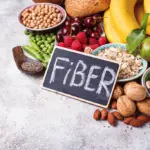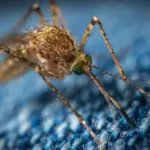
The Crucial Role of Glassware in Laboratory Sessions
In the intricate dance of scientific exploration within a laboratory, the reliability and precision of experimental results heavily rely on the tools employed, and glassware plays a pivotal role in this symphony of research. From beakers to test tubes, the importance of clean glassware cannot be overstated. In this comprehensive four-part series, we will unravel the nuances of the best time to clean glassware during a lab session, understanding that this seemingly routine task is integral to the accuracy and success of experiments.
The Significance of Clean Glassware
Before delving into the timing of when to clean glassware, it’s imperative to underscore the critical role that immaculate glass apparatus plays in scientific experiments. Glassware is the canvas upon which experiments unfold, and any residue or contaminants can compromise the integrity of results. Contaminated glassware can introduce variables that skew outcomes, leading to erroneous conclusions and potentially jeopardizing the validity of the entire research endeavor.
Researchers and scientists invest substantial time and resources in crafting meticulous experimental designs. However, the success of these designs hinges on the cleanliness of the tools employed. Clean glassware ensures the purity of reagents, the precision of measurements, and the elimination of any external factors that could interfere with the experiment. It is the cornerstone of reliable and reproducible scientific research.
The Lab Ecosystem and Experimental Variables
Within the controlled environment of a laboratory, maintaining consistency is paramount. Each experiment is a delicate interplay of variables, and any deviation can introduce an unwanted layer of complexity. Clean glassware serves as a constant, providing a stable foundation upon which experiments can unfold with minimal interference. The state of the glassware is, in essence, one less variable to contend with, facilitating more accurate observations and conclusions.
In addition to the impact on experimental variables, the cleanliness of glassware directly influences safety within the laboratory. Residue or contaminants can pose risks, compromising the well-being of researchers and potentially leading to hazardous situations. Therefore, the meticulous cleaning of glassware is not just a matter of scientific precision; it is an imperative for maintaining a secure and controlled lab environment.
The Lifecycle of Glassware and Its Maintenance
Understanding the lifecycle of glassware is integral to grasping the when and how of cleaning. Glassware moves through a continuum of states, from storage to usage, experimentation, and, inevitably, to the need for cleaning. Recognizing where each piece of glassware is in this lifecycle informs the optimal time to address its cleanliness.
Lifecycle And when is the best time to clean glassware during the lab session:
Glassware is often stored after meticulous cleaning and sterilization. Ensuring that storage conditions are pristine minimizes the chances of contamination before use. As glassware is employed in experiments, it is exposed to various substances and reactions. Regular assessments during experiments can reveal when cleaning becomes necessary. The cleaning process itself is a critical juncture. It is not only about removing visible residues but also about eliminating any lingering particles that may impact subsequent experiments. Periodic maintenance and checks ensure that glassware remains in optimal condition throughout its lifecycle. Regular inspections provide insights into when a thorough cleaning is due.
Navigating Laboratory Dynamics – Determining the Right Moment for Glassware Cleaning
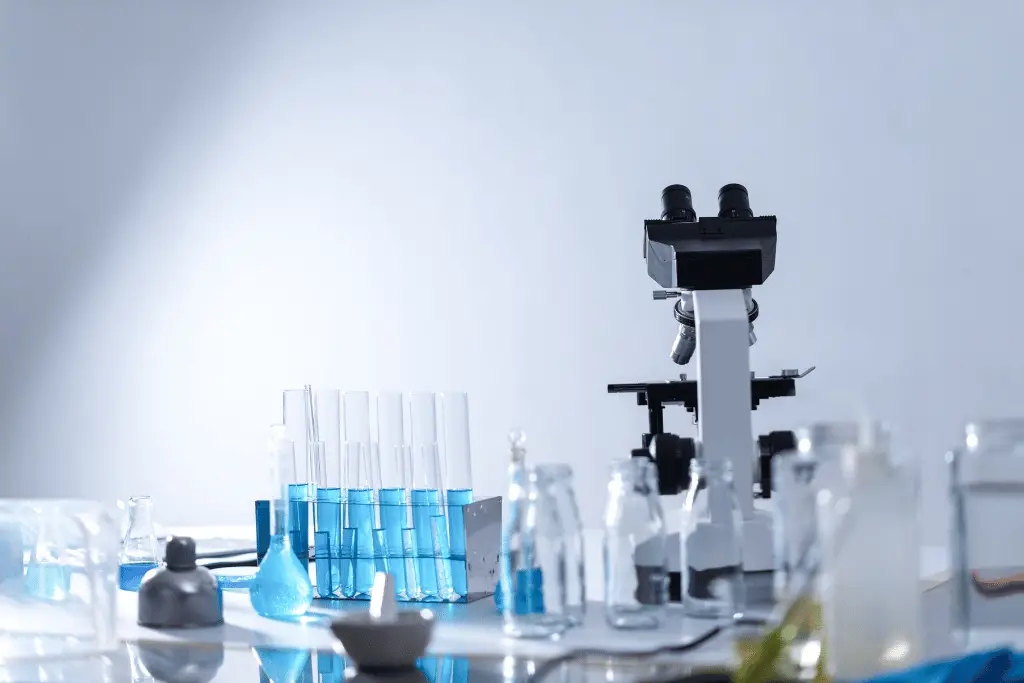
In the intricate world of laboratory sessions, timing is everything. The dynamic nature of experiments, the progression of research, and the evolving demands of the scientific process create a tapestry where the decision of when to clean glassware is a strategic one. In this segment, we will navigate the nuances of laboratory dynamics and how they shape the optimal moments for attending to glassware cleanliness.
During Experimentation Breaks:
One strategic juncture for cleaning glassware is during experimentation breaks. These breaks can occur between different phases of an experiment or when there is a temporary pause in the research process. Utilizing these interludes to clean glassware ensures that equipment is ready for the next set of procedures, maintaining a seamless workflow. Cleaning during breaks is especially beneficial when different reagents or substances are utilized in various stages of the experiment. It prevents cross-contamination and guarantees the absence of residues that could affect subsequent steps. This approach aligns with the proactive management of the laboratory environment, fostering a culture of cleanliness and precision.
Sequential Experiment Planning:
Researchers often plan experiments with a sequential structure, where specific steps follow a logical order. Identifying natural breaks or transitions in these sequences provides an opportune moment for glassware cleaning. For instance, if a series of measurements or reactions concludes one phase of the experiment, cleaning glassware before transitioning to the next phase is a prudent practice. This approach not only ensures a clean slate for each stage but also contributes to the efficiency of the overall experimental process. It integrates glassware maintenance seamlessly into the experimental design, emphasizing the symbiotic relationship between cleanliness and the precision of scientific endeavors.
Post-Experiment Evaluation:
After the completion of an experiment, there is often a phase of data analysis, results interpretation, and reflection on the experimental process. This post-experiment evaluation provides an ideal window for glassware cleaning. Researchers can take advantage of this reflective period to sanitize equipment, preparing it for subsequent experiments or future use. Cleaning glassware post-experiment is not just about maintaining a clean workspace; it is a strategic move toward ensuring the reliability of future research. It aligns with the principles of good laboratory practice, emphasizing the meticulous care and attention to detail that underpin rigorous scientific inquiry.
Routine Maintenance Schedules:
Implementing routine maintenance schedules is a proactive strategy for managing glassware cleanliness. Establishing regular intervals for comprehensive cleaning, irrespective of ongoing experiments, contributes to the sustained quality of laboratory equipment. These schedules can be tailored to the specific needs of the laboratory, accounting for the frequency of usage and the nature of experiments conducted. Routine maintenance schedules not only prevent the accumulation of residues but also serve as a preventive measure against potential contaminants. This forward-looking approach aligns with the overarching goal of creating a laboratory environment that prioritizes precision, safety, and the integrity of scientific results.
Glassware Cleanliness and Experimental Integrity – A Symbiotic Relationship

The cleanliness of glassware in a laboratory is not merely a matter of hygiene; it is intricately linked to the integrity and reliability of experimental outcomes. In this part of our exploration, we will unravel the symbiotic relationship between glassware cleanliness and the scientific process, emphasizing the profound impact that a pristine laboratory ecosystem has on the accuracy and validity of experimental results.
Minimizing Contaminant Variables:
One of the fundamental principles of scientific experimentation is the need to control variables. Contaminated glassware introduces an unpredictable variable that can significantly impact experimental results. Whether it’s a residue from a previous experiment or an external contaminant, the presence of foreign substances can skew measurements, alter reactions, and compromise the consistency of outcomes. Regular and timely cleaning of glassware is, therefore, a strategic measure to minimize contaminant variables. By ensuring that the tools remain free of residues, researchers create a controlled environment where the focus is solely on the variables deliberately introduced into the experiment.
Preserving Reagent Purity:
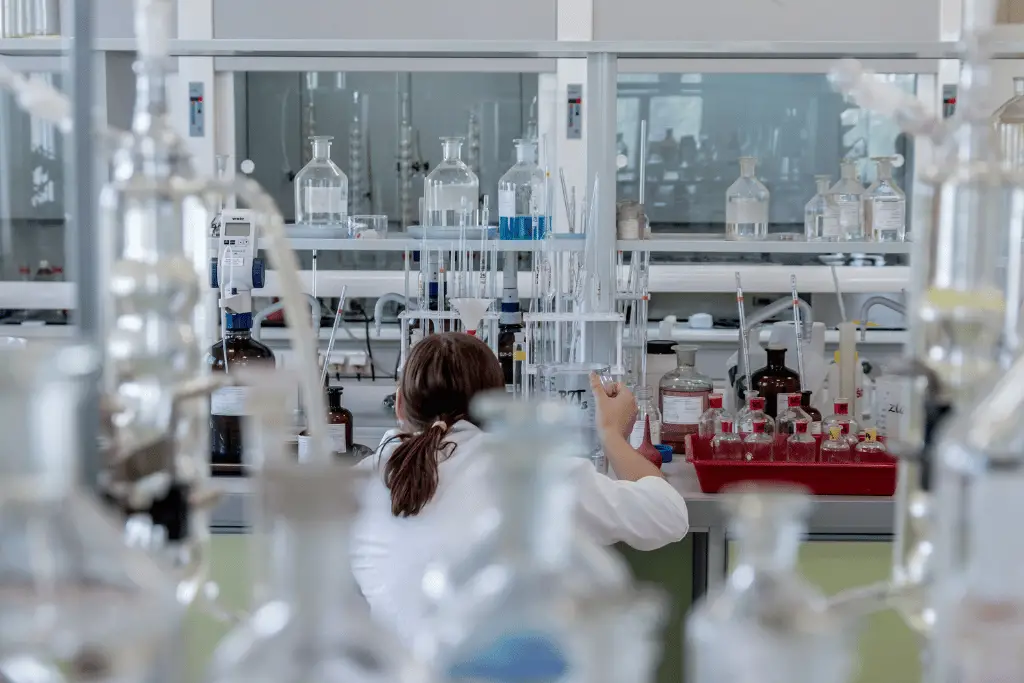
Many experiments involve the use of delicate reagents and substances that react to minute changes in their surroundings. Clean glassware is crucial for preserving the purity of these reagents. Any contamination can alter the chemical composition of solutions, leading to inaccurate measurements and potentially rendering the experiment invalid. The symbiosis between glassware cleanliness and reagent purity is evident in the meticulous preparation required for experiments. From titrations to reactions requiring precise concentrations, the reliability of results hinges on the unadulterated nature of the substances involved. Clean glassware ensures that the intended reactions unfold without interference.
Ensuring Reproducibility:
The hallmark of robust scientific research is the ability to reproduce results under consistent conditions. Clean glassware is a cornerstone in achieving this reproducibility. Experiments conducted in an environment where glassware is systematically cleaned and maintained are more likely to yield consistent results across multiple trials. Reproducibility is a key factor in establishing the validity of scientific findings. It fosters confidence in experimental outcomes and allows researchers to draw reliable conclusions from their work. In this context, the timing of glassware cleaning becomes critical, as it directly contributes to the reliability and replicability of experiments.
Mitigating Safety Risks:
Beyond the impact on experimental outcomes, the cleanliness of glassware is also tied to the safety of laboratory personnel. Residues or contaminants can pose risks, especially when working with reactive substances or conducting experiments that involve heat. A clean laboratory environment reduces the likelihood of accidents and ensures the well-being of researchers. The relationship between glassware cleanliness and safety underscores the holistic nature of laboratory management. It reflects a commitment to creating a workspace where precision and security coexist, reinforcing the symbiotic link between meticulous cleanliness and the successful execution of experiments.
Synthesis and Best Practices – Nurturing a Pristine Laboratory Ecosystem
Our exploration into the intricacies of glassware cleanliness within laboratory settings has led us through the delicate dance of scientific processes, laboratory dynamics, and the profound impact on experimental outcomes. In this concluding part, we will synthesize our insights and outline the best practices for maintaining a consistently clean laboratory environment.
Integrate Cleaning Into Experimental Design:
To optimize glassware cleanliness, integrate cleaning practices seamlessly into experimental design. Identify natural breaks, transitions, or pauses within experiments where glassware cleaning can occur without disrupting the flow of research. This proactive approach aligns with the principles of precision and efficiency.
Establish Routine Maintenance Schedules:
Implementing routine maintenance schedules ensures that glassware cleanliness is not an afterthought but a systematic and regular practice. Tailor these schedules to the specific needs of the laboratory, considering the frequency of usage and the nature of experiments conducted. Regular inspections and cleaning contribute to the longevity of equipment and the sustained quality of research.
Prioritize Safety and Contamination Control:
Recognize the symbiotic relationship between glassware cleanliness, safety, and contamination control. Beyond the precision of experimental outcomes, a clean laboratory environment mitigates safety risks, creating a secure workspace for researchers. Prioritize the well-being of laboratory personnel by ensuring that glassware is free from residues or contaminants that could pose hazards.
Embrace a Culture of Cleanliness:
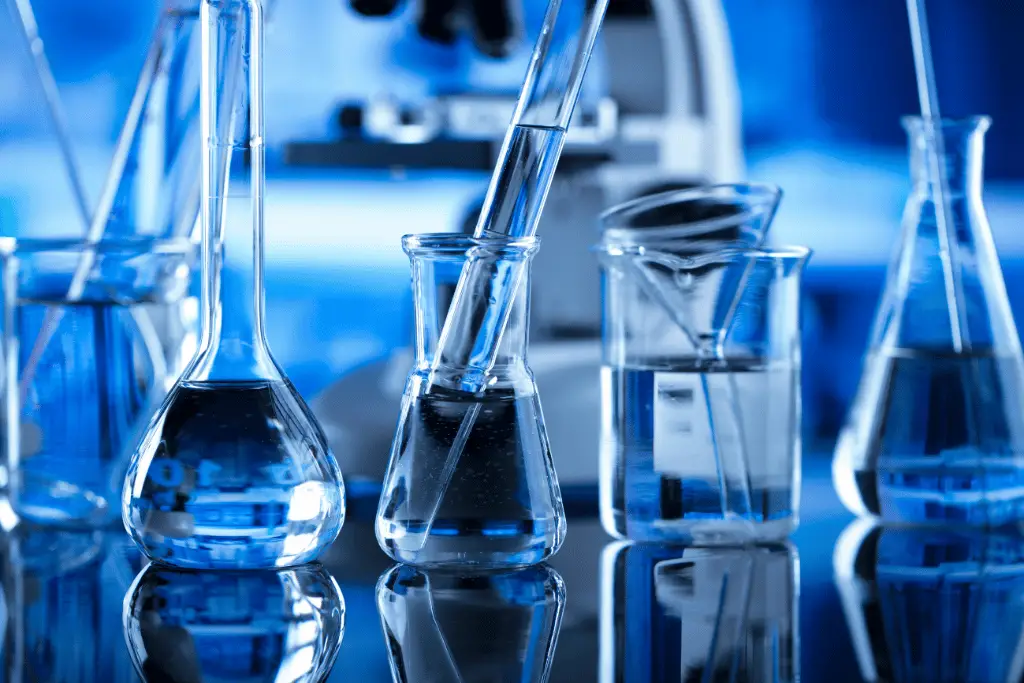
Foster a culture of cleanliness within the laboratory. Instill the understanding that the cleanliness of glassware is not a mundane chore but an integral aspect of scientific rigor. Encourage researchers to take pride in maintaining a pristine workspace, emphasizing its direct correlation to the accuracy and reliability of experimental results.
Utilize Post-Experiment Evaluation:
Leverage the post-experiment evaluation phase as an opportune time for glassware cleaning. This reflective period not only allows for the sanitization of equipment but also reinforces the commitment to excellence in research. It aligns with the broader goal of creating a laboratory ecosystem where meticulous care is a standard practice. In the intricate tapestry of scientific exploration, the timing of when to clean glassware is a nuanced decision that reverberates throughout the entire research process. The symbiotic relationship between glassware cleanliness and experimental integrity underscores the importance of this seemingly routine task. As we conclude our journey through the world of glassware maintenance, let us carry forward the understanding that maintaining a consistently clean laboratory is not only a technical necessity but a testament to the dedication, precision, and passion that characterize scientific inquiry. In the quest for knowledge, the cleanliness of glassware stands as a beacon, illuminating the path toward reliable, reproducible, and impactful scientific discoveries.

